You might think that choosing the right MTB inner tube is simple. But there are a few subtleties to note when it comes to finding the right one. Here are a few tips on the subject.
Standards
- Wheel sizes for adult bikes: 26", 27.5", 27.5+ and 29".
- Tire width
- Valve types: Presta, Schrader, or more rarely Dunlop
Type of inner tube
The size of an inner tube is made up of two digits: the first value corresponds to the diameter of the tube. tire diameter and the second is a range of use, depending on the tyre's tire widthb.
For example, a 27.5 "x1.50/2.35 inner tube is designed for a mountain-bike tire tire with a 27.5" diameter and a width of between 1.50" and 2.35".
Inner-tube models come with different types of valves. Make sure you choose the one that's compatible with your rim. They are either Presta cis quite thin and commonly used in road bikes but also widespread in MOUNTAIN BIKESeither Schrader dwhich is wider and identical to that used in the automotive industry; or Dunlop eusually reserved for Dutch city bikes.
The room f chamber itself is usually made of butyl, but you can also find latex chambers which, despite being less waterproof, have the undeniable advantage of being less susceptible to punctures and up to twice as light.

For butyl (Butyl is a particularly waterproof rubber used to manufacture most bicycle inner tubes).You can choose between standard models or reinforced versions to limit punctures, or even pre-filled with anti-puncture fluid. There are also "ultralight" versions, very thin but more fragile, for those looking to save weight.
Which inner tube for my riding?
The inner tube you use can slightly improve your bike's performance. Even if you can fit any type of inner tube (always making sure you respect the standards), here's what we recommend.
-
Hiking
For touring, a butyl inner tube, possibly with anti-puncture fluid, will give you the best possible reliability without making your wheels too heavy.
-
Cross-Country
For XC outings, latex tubes will give you the lightest possible assembly without risking punctures. But beware: these chambers quickly lose their pressure, so you'll need to re-inflate them before each ride.
An alternative is possible with "ultralight" butyl chambers. While these hold pressure well, their resistance to punctures can become a problem if you're riding on "thorny" terrain.
-
All-Mountain / Enduro
For All-Mountain or Enduro riding, classic or even reinforced butyl tubes are the most reliable in all conditions.
-
DH / Freeride
For these practices, reinforced butyl chambers are mandatory if you want to finish your ride without worries.
Découvrez tous nos conseils & Tutoriels
MTB - Inner Tubes
-
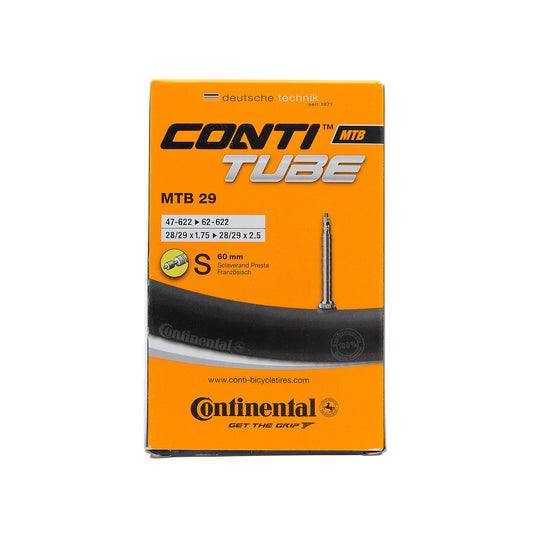
CONTINENTAL inner tube 29x1.75-2.5 Presta 60mm
Regular price 3,99 €Regular priceUnit price per -
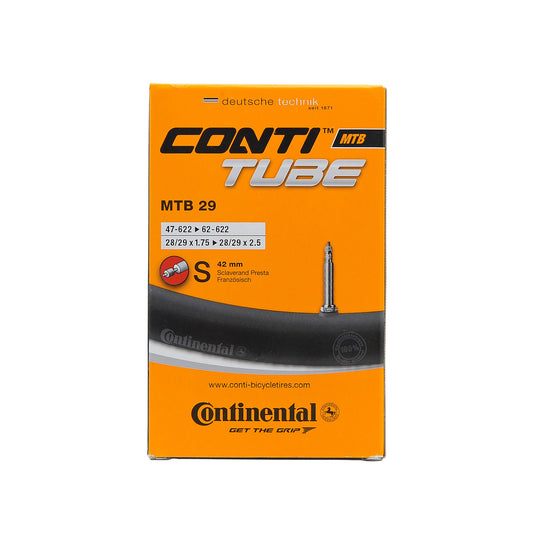
CONTINENTAL inner tube 29x1.75-2.5 Presta 42mm
Regular price 5,99 €Regular priceUnit price per -
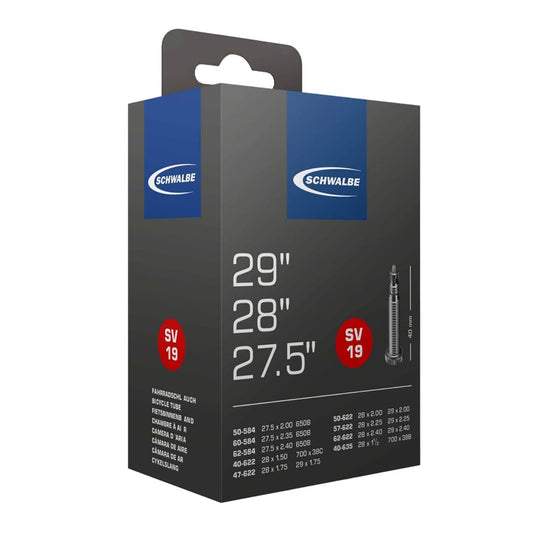
SCHWALBE inner tube 27.5/29x2.00/2.40 Presta 40mm
Regular price 7,90 €Regular priceUnit price per -

CONTINENTAL inner tube 26x1.75-2.5 Presta 42mm
Regular price 4,99 €Regular priceUnit price per -
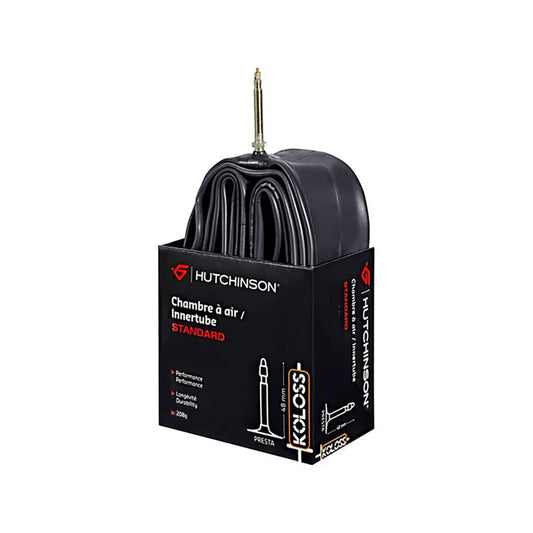
HUTCHINSON KOLOSS inner tube 29x2.30 - 2.85 Presta 48mm
Regular price 7,90 €Regular priceUnit price per -

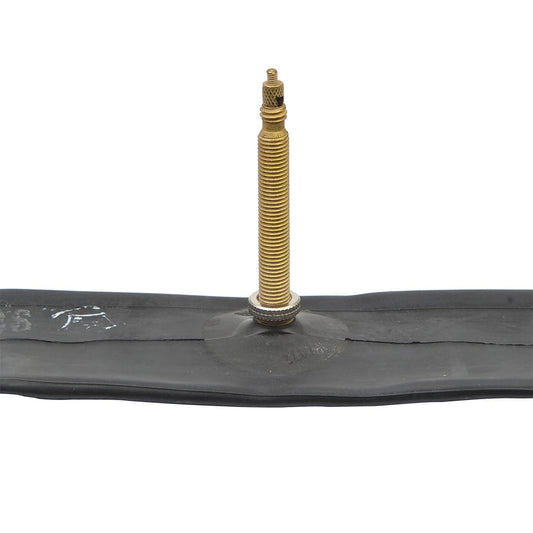
HUTCHINSON inner tube 29x1.70 - 2.35 Presta 48mm (Set of 2)
Regular price 7,90 €Regular priceUnit price per -
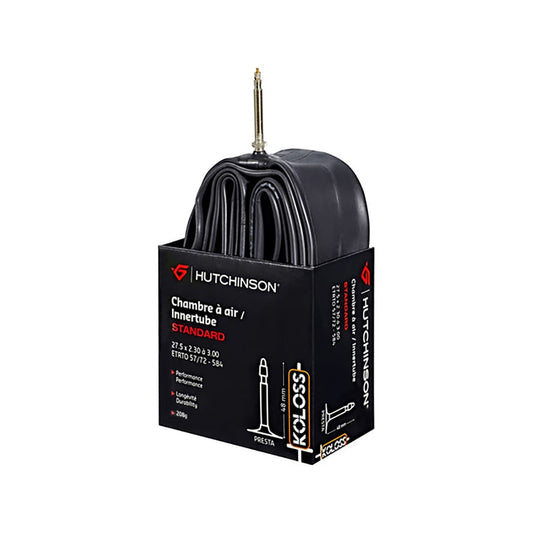
HUTCHINSON KOLOSS inner tube 27.5x2.30 - 2.85 Presta 48mm
Regular price 7,90 €Regular priceUnit price per -

CONTINENTAL inner tube 29x1.75-2.5 Schrader 40mm
Regular price 4,99 €Regular priceUnit price per









